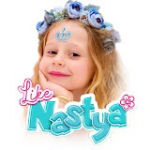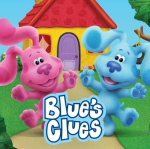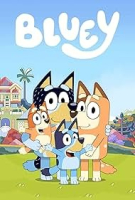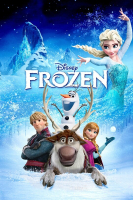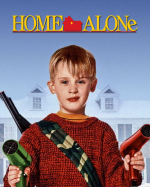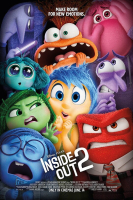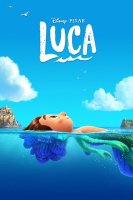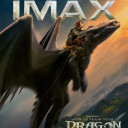The Grinch
Every holiday season, I find myself drawn to a myriad of festive films, each promising warmth and seasonal cheer. Yet, no year feels quite complete without indulging in the endearing charm of The Grinch cartoon. This iteration of Dr. Seuss's classic tale carries an effervescent brilliance that rekindles the magic of Christmas while juxtaposing it against the sardonic nature of its titular character, the Grinch himself.
Originally penned by Dr. Seuss in 1958, "How the Grinch Stole Christmas!" quickly became a beloved holiday staple. Its whimsical rhymes and universal message of kindness transcend generations. The Grinch, a character with a complex heart, embodies a holiday tale unlike any other, offering both young and old an opportunity to reflect on the true essence of the festive period.
A Modern Reimagining
Historically, adaptations of the Grinch have graced both small and large screens. The 1966 animated special narrated by Boris Karloff is often hailed as the definitive version, highlighting the enchanting simplicity of the original story. Fast forward to recent years, and we have been gifted with a more contemporary animated feature that doesn't try to surpass its predecessors but stands as a remarkable work on its own merits.
This modern animated feature encapsulates the traditional charm while adding layers that resonate with today's audience. Animation technology has evolved dramatically since the original adaptation, and it is evident in the lush artistry and detail present in every frame of this film. The makers have ensured that the spirit of Seuss remains intact, even as they introduce contemporary elements to engage newer audiences.
The Visual Aesthetics
Visually, this new Grinch cartoon is nothing short of a feast for the eyes. The animation, accomplished by the team behind the beloved "Despicable Me" franchise, emphasizes exaggerated lines and whimsical architectural choices — elements that are quintessentially Seussian. Whoville, with its curling rooftops, narrow streets, and vibrant colors, looks like it has leapt directly out of the pages of the book.
The contrast between Whoville and the Grinch's desolate mountain lair is striking. The former is alive with color and joy, while the latter is dismal and cavernous, echoing the Grinch’s own miserly feelings. Yet, despite the loneliness that permeates his residence, the visual humor infused into the Grinch's daily life softens the character and endears him to the audience.
The Characters and Their World
Benedict Cumberbatch voices the Grinch in this adaptation, providing the character with new dimensions. Cumberbatch lends his considerable talents to creating a Grinch that is both menacing and relatable. His American accent might surprise those familiar with his previous works, yet it fits seamlessly into the fabric of the story.
Cindy Lou, voiced by Cameron Seely, is an integral character whose innocent determination balances the Grinch's cynicism. Her new motivation for staying up to meet Santa—seeking a gift for her overworked mother—adds emotional depth to the narrative. Little Cindy Lou becomes a beacon of light, reminding us all of the selflessness that truly embodies the holiday spirit.
Narrative Innovation
The filmmakers have introduced several narrative innovations, crafting a backstory for the Grinch which, while unnecessary to the original story, offers insight into his grumpy demeanor. Scenes of a lonely Grinch in an orphanage add a layer of sympathy and understanding, allowing the audience to witness his transformation in a more profound way.
Meanwhile, gentle comedy is sprinkled throughout the movie, particularly through the charming antics of the Grinch's loyal dog, Max, and the shaggy reindeer, Fred.
Musical Score and Atmosphere
The film’s auditory experience is just as enchanting as its visual one. Pharrell Williams takes on the role of narrator, bringing warmth through his familiar and friendly tones that guides us through the tale’s poetic cadence. His rhythmic delivery complements the enchanting rhymes of Dr. Seuss without overshadowing them.
Danny Elfman's score is nothing short of delightful, capturing the whimsical essence of the Dr. Seuss universe while embracing the festive nature of the story. The addition of classic holiday tunes and new renditions, such as Pentatonix's "God Rest Ye Merry Gentlemen" and Tyler the Creator’s update of "You’re a Mean One, Mr. Grinch," enhance the film’s modern appeal while maintaining a respectful nod to its origins.
The Humor Element
Comedy in The Grinch cartoon isn't forced; it emerges organically from the situations and the characters. Humor finds its way into smaller, unexpected moments that feel authentically connected to the ethos of the characters. The Grinch’s awkward exchanges with the ever-peppy Whovians, especially with his self-proclaimed best friend played by Kenan Thompson, are among those comedic gems.
Yet, it's not just the blatant comedy that resonates. The situational humour, like the Grinch's meticulous planning of his Santa impersonation or his frustration with extraneous Christmas cheer, finds a perfect balance and keeps the audience entertained throughout without becoming overbearing.
The Underlying Message
At its heart, The Grinch is a narrative about redemption and understanding. It's about realizing that joy doesn't stem from material possessions but from human connections and understanding the often overlooked hardships others may endure.
This timeless message is perhaps more crucial today than ever. The Grinch offers a stirring reminder that the core of happiness and fulfillment lies in community, empathy, and kindness—a theme that deserves reiteration and reflection year after year.
Audience Engagement
For those entering this world through children's eyes, the movie offers a captivating adventure full of wonder and curiosity. Its vibrant colors, cheerful songs, and light-hearted humor weave an engaging narrative that holds their attention till the very end.
As an adult revisiting the tale, it refuels nostalgia while simultaneously offering a fresh perspective. It encourages introspection about the simplicity and depth of childhood dreams versus adult realities—gently nudging us to retain a piece of childlike wonder in our lives.
Conclusion: A Worthy Holiday Companion
After reacquainting myself with The Grinch cartoon, I find it a testament to the enduring legacy of Dr. Seuss' creation. Its ability to adapt while retaining the core message attests to its brilliance. While it may not completely succeed in recapturing the magic of the initial masterpiece, it remains a delightful interpretation that stands on its own with a contemporary sparkle.
In capturing the yin and yang of holiday spirit through lush animation, heartfelt performances, and a resonating message, the new Grinch has rightfully carved out its place in my annual holiday traditions—a sentiment I doubt I’m alone in feeling.
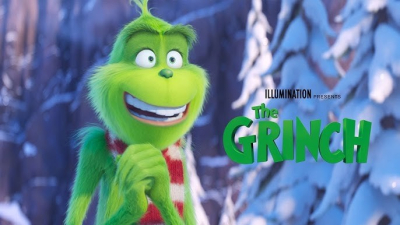
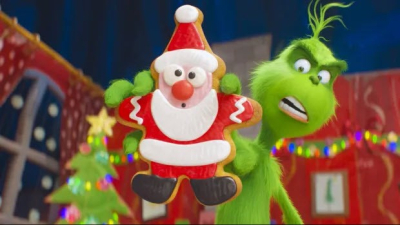

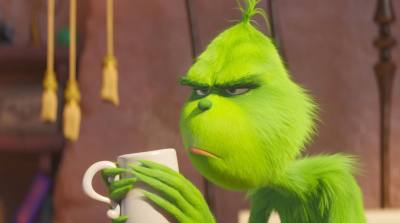
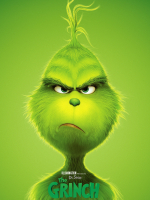
 How to watch
How to watch 





